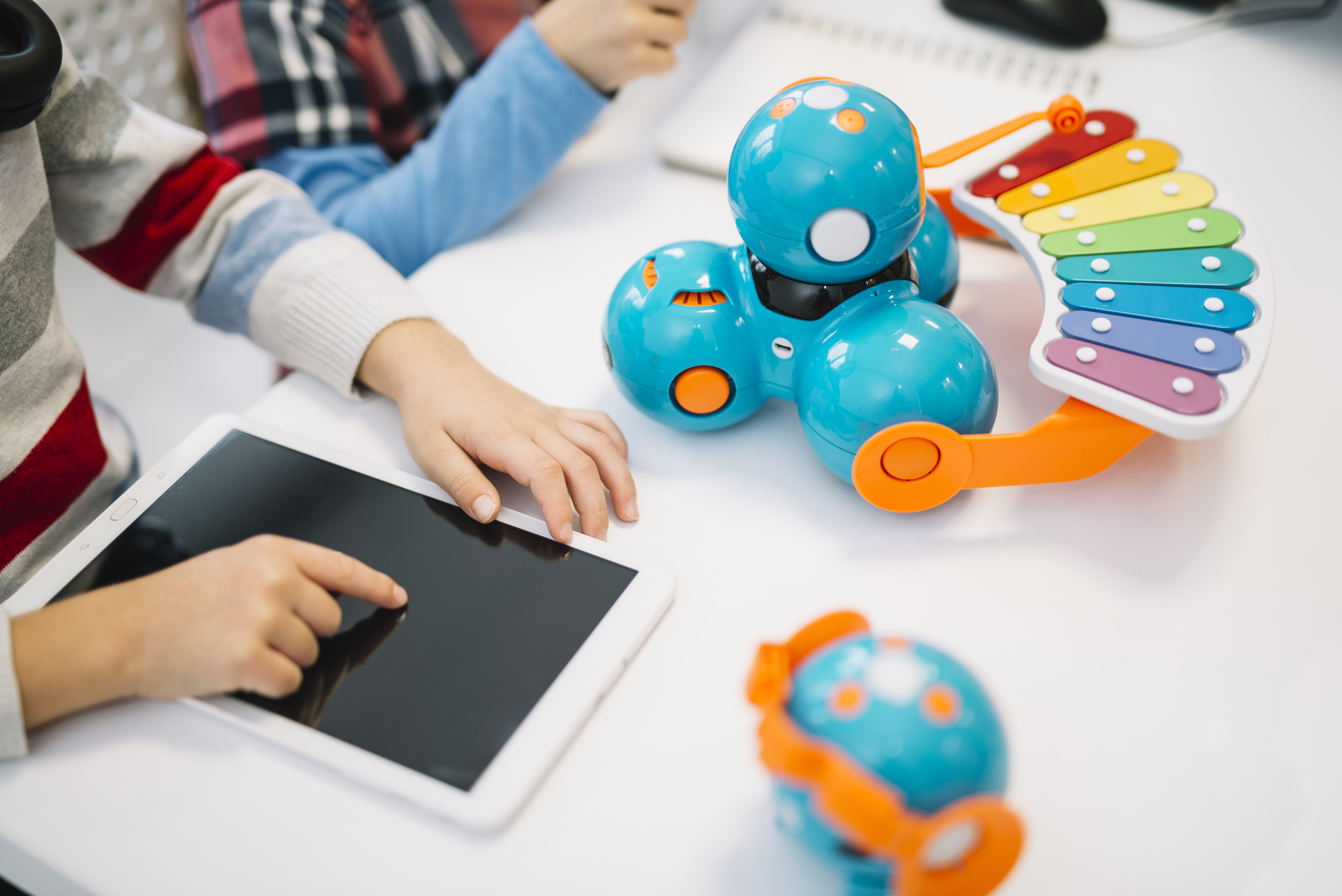
Thu Aug 01 - Written by: Stuti S.
Embracing Technology to Support Individuals with Autism
Creating more inclusive environments and providing new opportunities for personal growth and development for autistic children.
A Modern Approach
Autism doesn’t come with an instruction manual; it comes with a family that never gives up.
In recent years, technology has become an invaluable tool in supporting individuals with autism, helping them communicate, learn, and navigate daily life with greater ease.
This article explores various technological advancements and their impacts on the autism community, highlighting how these innovations are creating more inclusive environments and providing new opportunities for personal growth and development for autistic children.
1. Enhancing Communication
Communication is one of the most significant challenges for many individuals with autism, as traditional verbal communication can be difficult. However, technology has provided alternative methods that facilitate effective interaction.
- Augmentative and Alternative Communication (AAC) Devices: AAC devices, such as tablets equipped with specialized apps like Proloquo2Go , assist non-verbal or minimally verbal individuals by converting text or images into speech. These tools enable users to express their needs, desires, and emotions more easily, significantly enhancing their ability to engage with others.
- Speech Generating Devices (SGDs): SGDs offer a range of functionalities from simple text-to-speech apps to complex systems that allow for the customization of voice, language, and output methods. These devices are pivotal in giving a voice to those who otherwise struggle with verbal communication.
2. Educational Tools
Education for individuals with autism can be tailored more effectively with the aid of technology. Interactive and adaptable learning platforms cater to the unique needs and learning paces of autistic students.
- Interactive Learning Apps: Apps like ABCmouse and Khan Academy Kids provide engaging, visual-based learning experiences that can be customized to fit each child’s learning style. These apps often include rewards and gamification elements that keep children motivated and invested in their education.
- Virtual Reality (VR) for Social Skills Training: VR technology offers immersive environments where individuals with autism can practice social interactions and daily living skills in a controlled, safe setting. Programs like Floreo use VR to help users understand social cues, develop coping strategies, and build confidence in various social situations.
3. Behavioral Interventions
Behavioral challenges are common among individuals with autism, and technology is playing a crucial role in delivering effective interventions.
- Wearable Technology: Devices such as the Embrace smartwatch monitor physiological signals to detect stress and potential meltdowns before they occur. This real-time data allows caregivers and individuals to implement calming strategies proactively.
- Telehealth Services: Telehealth platforms have made it easier for families to access behavioral therapy, such as Applied Behavior Analysis (ABA), from the comfort of their homes. This approach not only reduces travel time and costs but also provides a more consistent and flexible therapy schedule.
4. Daily Living and Independence
Technology is also instrumental in helping individuals with autism develop independence and manage daily tasks more effectively.
-
Smart Home Devices: Voice-activated assistants like Amazon Alexa and Google Home can assist with routine tasks, such as setting reminders, playing calming music, or controlling home appliances. These devices offer support that can help individuals live more autonomously.
-
Visual Scheduling Apps: Apps like Choiceworks and First Then Visual Schedule allow users to create personalized schedules with visual and audio prompts, aiding in the organization of daily activities and transitions. This visual support is particularly beneficial for those who thrive on routine and predictability.
5. Community and Social Connectivity
Social isolation can be a significant issue for individuals with autism. Technology offers various ways to connect and build relationships within supportive communities.
-
Social Networking Platforms: Platforms like MyAutismTeam provide a space where individuals with autism and their families can share experiences, ask for advice, and find support from others who understand their journey.
-
Online Forums and Support Groups: Websites such as Wrong Planet and Autism Speaks offer forums and support groups where users can engage in discussions, seek advice, and find resources tailored to the autism community.
Conclusion
The integration of technology into the lives of individuals with autism has revolutionized communication, education, behavioral management, independence, and social connectivity. As technology advances, it promises even greater enhancements in quality of life for those on the autism spectrum. Embracing these tools can foster a more inclusive and supportive world for all.